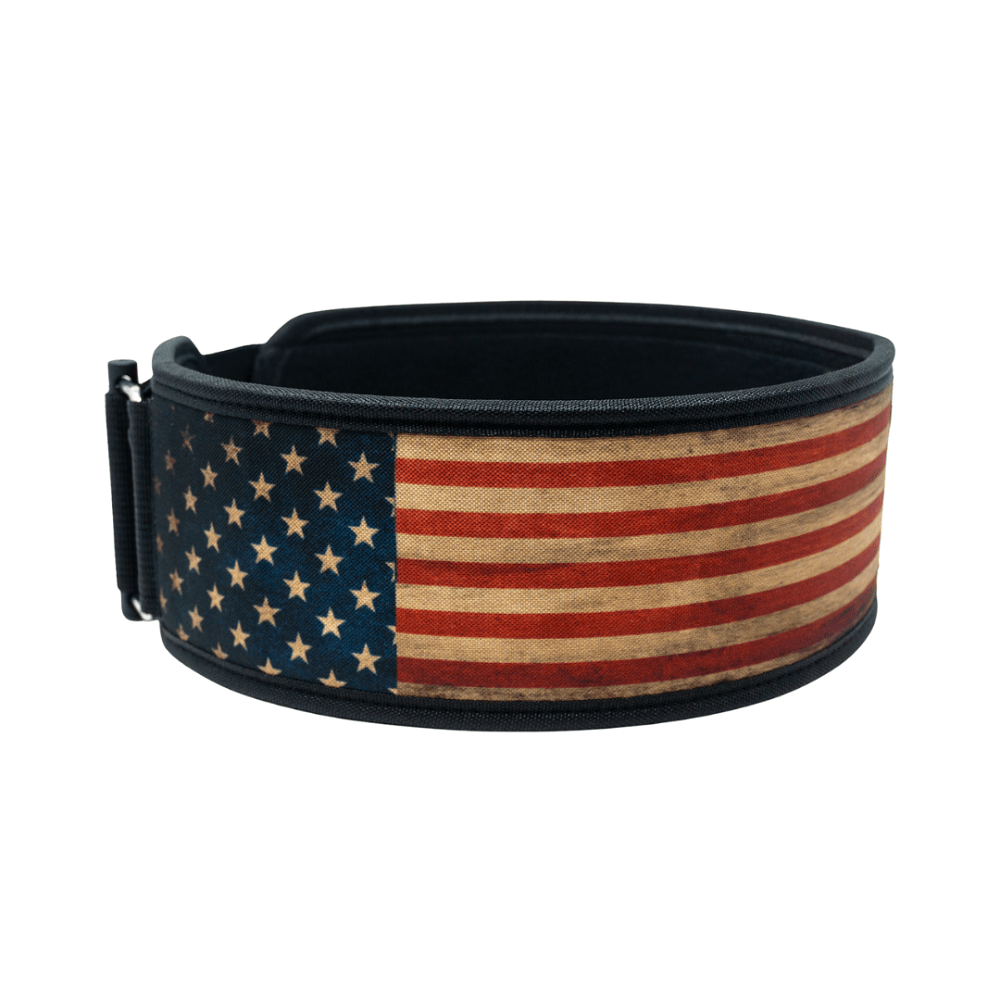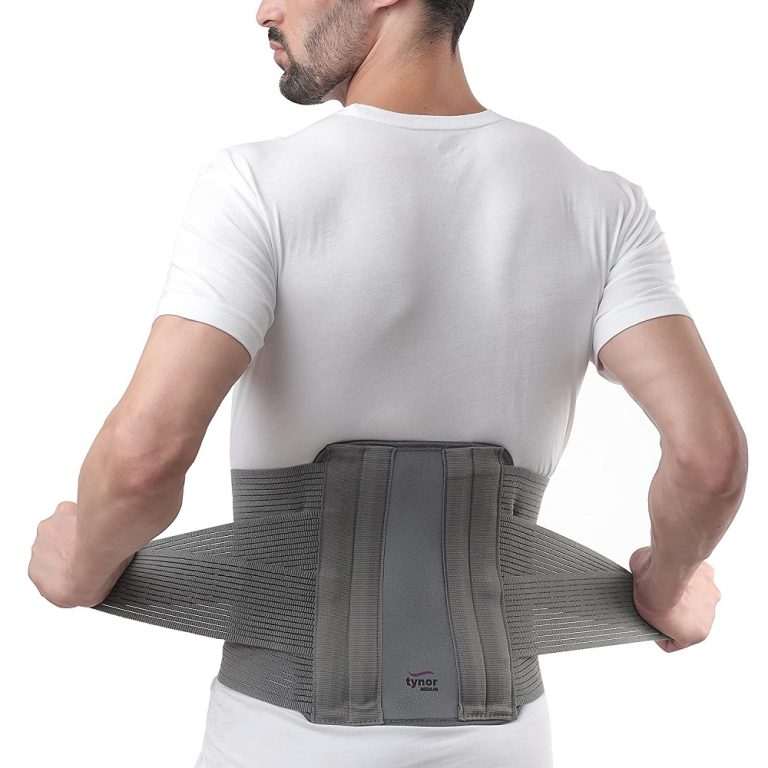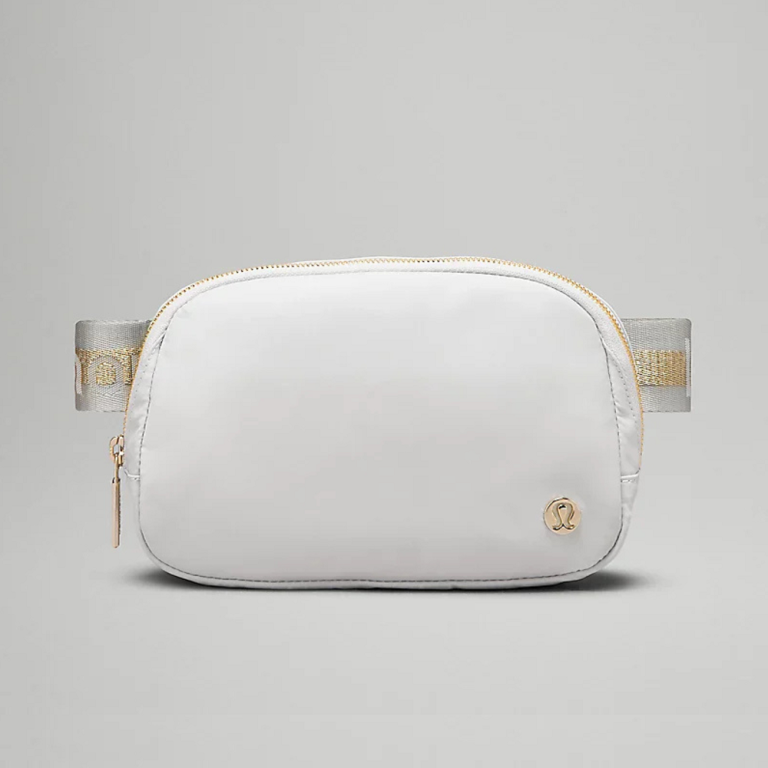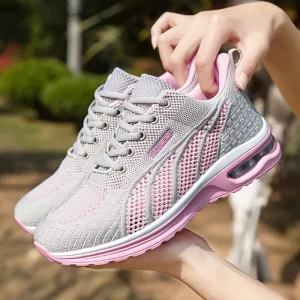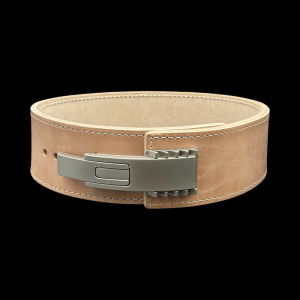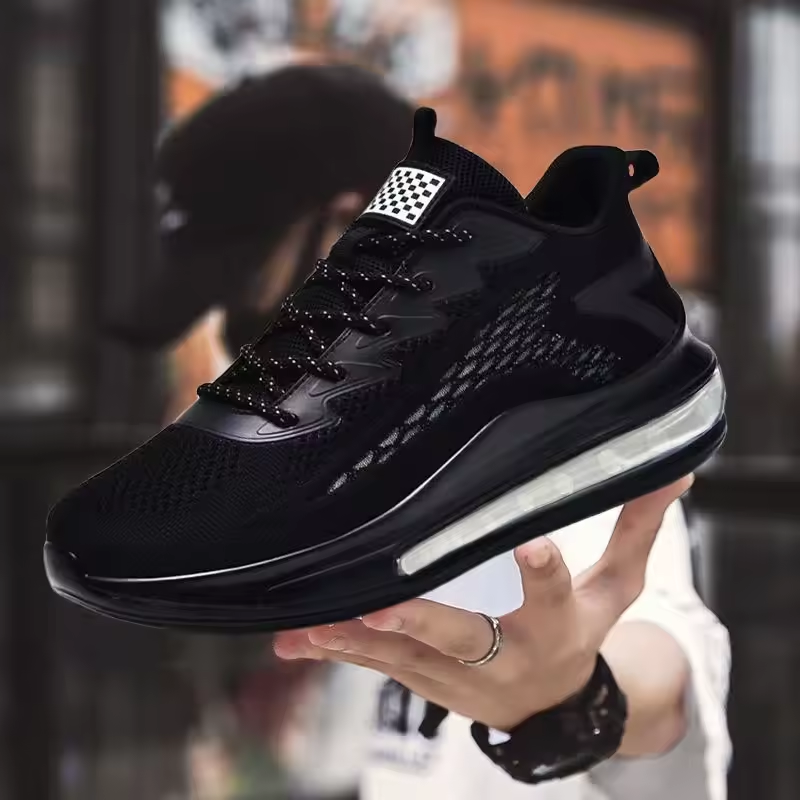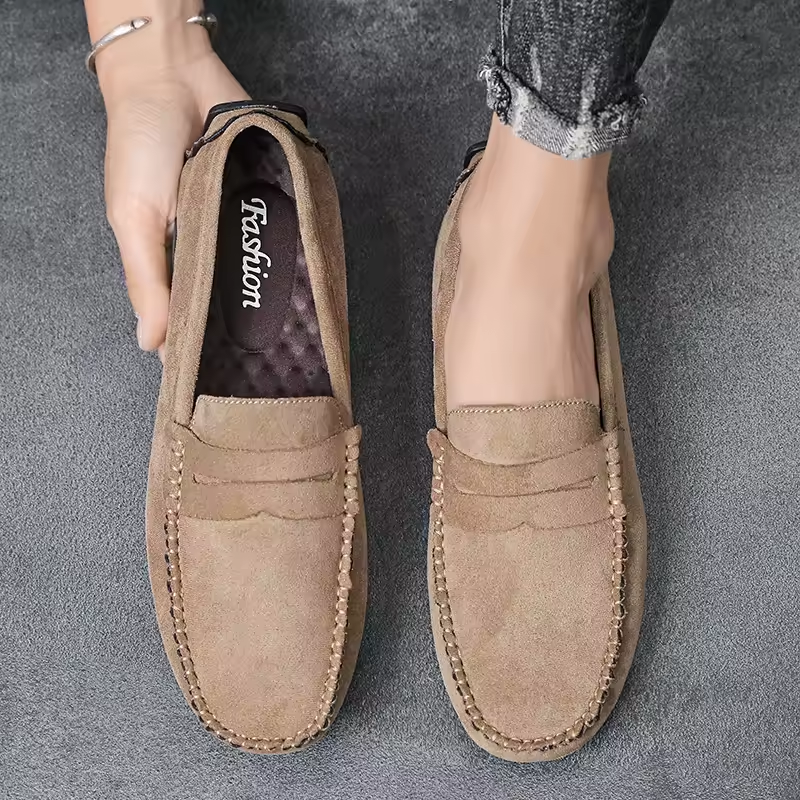The world of weightlifting and strength training is vast. Lifting heavier weights poses various risks, especially for the lower back. To address some of these concerns, many athletes use weight lifting belt. These belts are designed to provide support to the lumbar region during heavy lifts, improving safety while allowing users to enhance their performance. This article explores the benefits of weight lifting belts, key features to consider when choosing one, proper usage techniques, and maintenance tips to ensure longevity.
Understanding the Purpose of a Weight Lifting Belt
Core Support and Stability
The primary function of a weight lifting belt is to support the core muscles of the body. When lifting heavy weights, the intra-abdominal pressure increases. This pressure stabilizes the spine and provides support during challenging lifts. A lifting belt increases this pressure, allowing for stronger bracing and support.
Using a lifting belt enables athletes to engage their abdominal muscles properly. The belt essentially reminds lifters to tighten their core, which is crucial for maintaining proper posture and alignment during lifts. This heightened awareness helps reduce the risk of injury by ensuring that the spine remains in a safe position throughout the movement.
Increasing Performance
In addition to supporting the core, a weight lifting belt can enhance overall performance. Many athletes find they can lift heavier weights when wearing a belt. The support and stability provided by the belt can lead to confidence, allowing lifters to push their limits. Research shows that using a belt can improve lifting capacity by approximately 5 to 15 percent, depending on the individual and the exercise being performed.
Moreover, the added support can improve technique in compound lifts like squats and deadlifts. Properly executed lifts help prevent injuries and provide efficient training. This means that lifters can achieve their strength goals more effectively while minimizing the risks associated with heavy lifting.
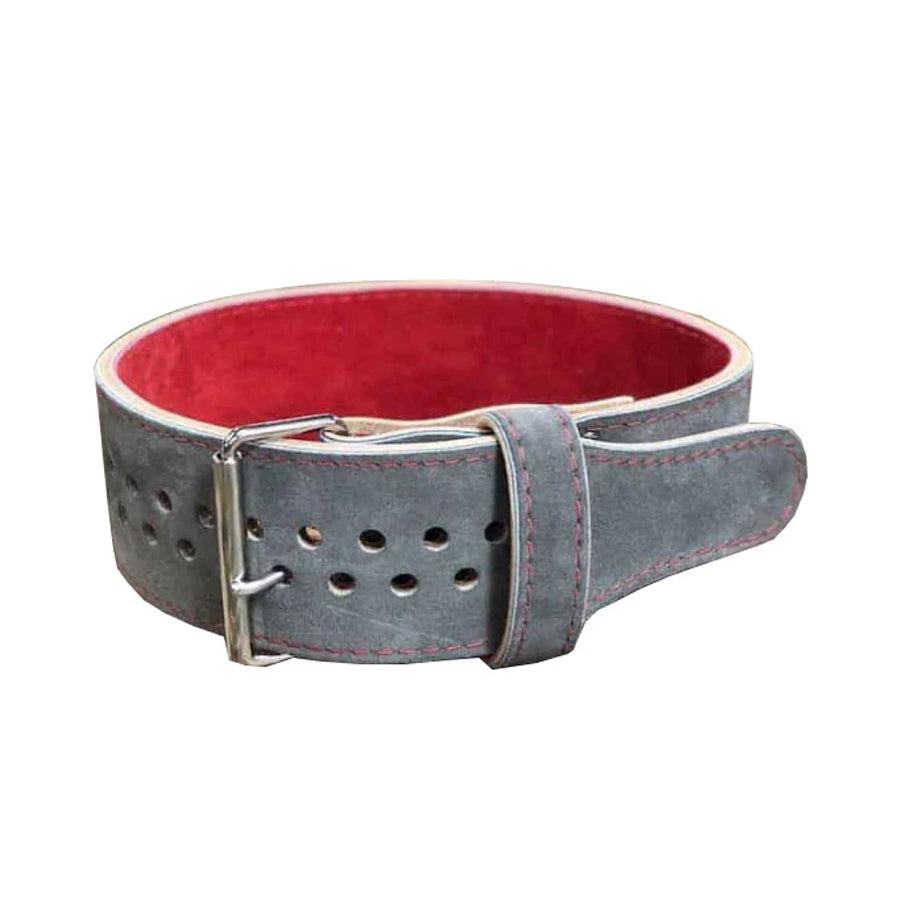
Choosing the Right WeightLifting Belt
Types of Belts
When selecting a weight lifting belt, understanding the different types available is critical. The most common types include leather belts, nylon belts, and suede belts. Leather belts are often favored for their durability and stiffness, providing substantial support for heavy lifts. They mold to the body over time, offering a custom fit.
Nylon belts, on the other hand, are lighter and more flexible. They are often preferred by those involved in dynamic movements such as CrossFit, as they offer better mobility. Suede belts provide a balance between the two, with a softer feel while still offering adequate support. Ultimately, the choice between material will depend on personal preference and the type of lifting being performed.
Determining the Correct Size
Proper sizing is essential for maximizing the benefits of a weight lifting belt. Belts that are too loose will not provide adequate support, while those that are too tight can restrict movement and breathing. To determine the right size, measure your waist at the level where the belt will sit. Most manufacturers provide sizing charts to guide you in selecting the correct fit.
The belt should fit snugly around the waist when tightened but should not be uncomfortably tight. It is often a good idea to try on several sizes in-store if possible, as different brands may have variations in sizing. Ensuring a proper fit is crucial for both comfort and effectiveness while lifting.
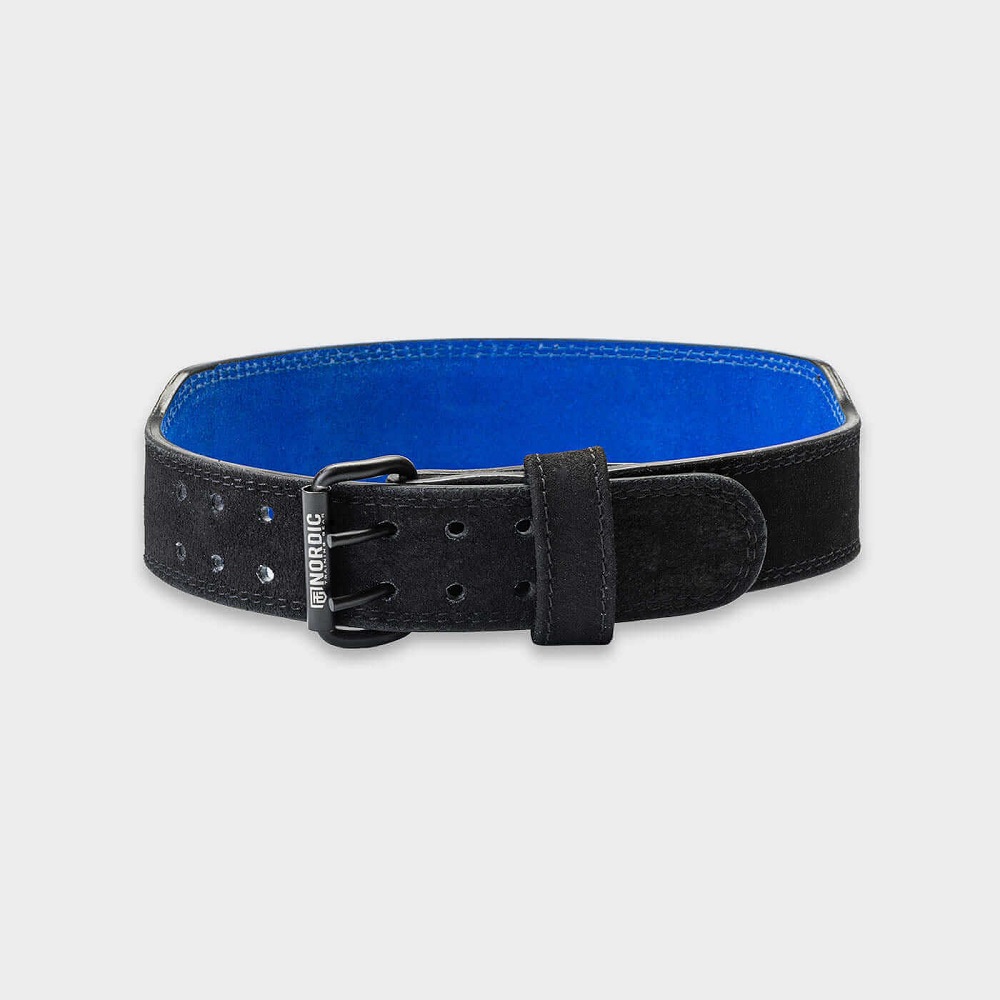
Properly Using a WeightLifting Belt
Correct Positioning
To reap the benefits of a weight lifting belt, it is essential to position it correctly. The belt should sit around your natural waist, just above the hip bones. Ideally, it should cover the lower back and abdominal area while being centered on the body. Adjust it according to your comfort and the lift you are performing.
Before starting a lift, tighten the belt. You should feel enough pressure for support without feeling constricted. Intra-abdominal pressure helps stabilize the core and protect the spine. Properly engaging your core with the added support of the belt will enhance your lifting performance.
Knowing When to Utilize the Belt
While weight lifting belts provide excellent support, they should not be used for every lift. It’s essential to choose the right moments to wear the belt. Typically, belts should be reserved for heavy, compound lifts that place significant loads on the back, such as squats and deadlifts.
For lighter lifts or isolation exercises, it is better to lift without the belt to allow your core muscles to engage naturally. Overuse can lead to a reliance on the belt, which may weaken your core muscles over time. A balanced approach will allow you to benefit from the belt while continuing to develop strength in your core.
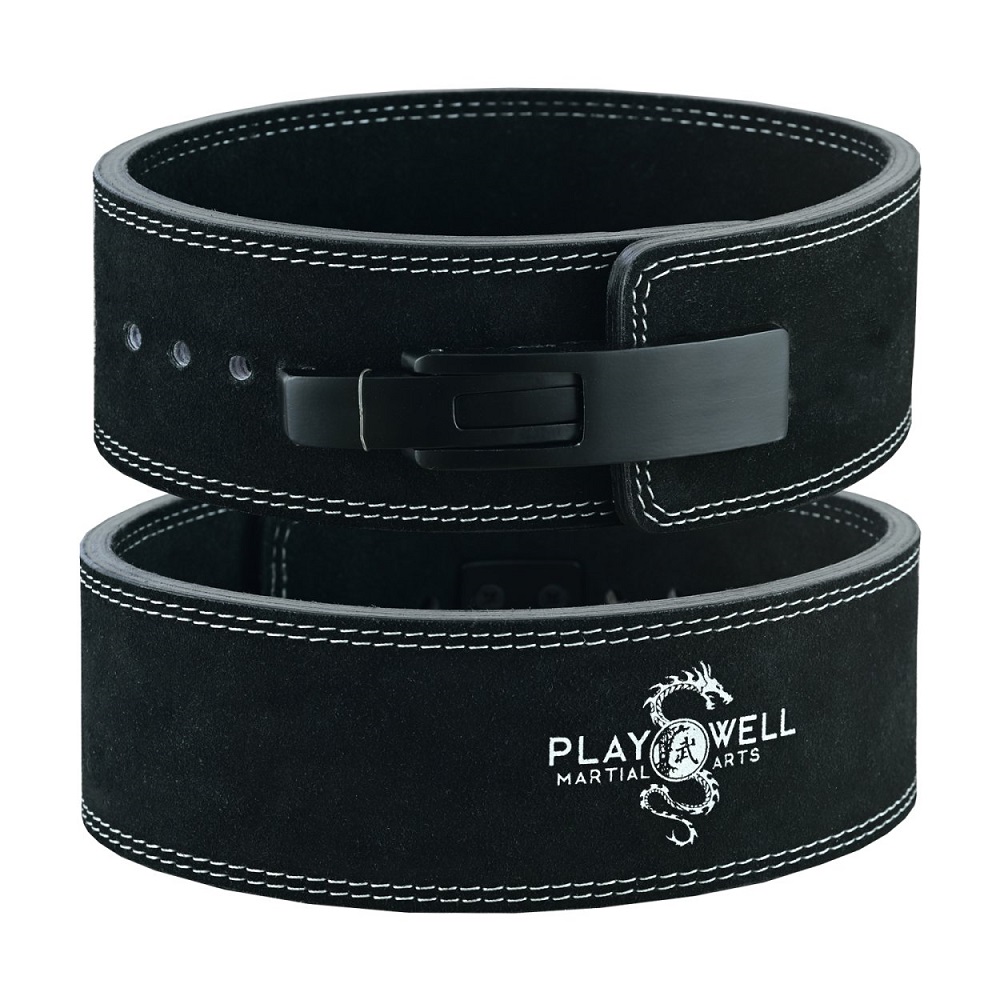
Benefits for Different Types of Lifters
Beginners and Intermediate Lifters
For beginners, a weight lifting belt can serve as an essential training tool. It helps instill good lifting habits by encouraging proper core engagement. With the support of a belt, beginners may feel more confident when approaching heavier weights, thus fostering a positive lifting experience.
Intermediate lifters can also benefit from incorporating a belt into their routines. As they start challenging themselves with heavier weights, the belt can enhance stability and technique during crucial lifts. This approach minimizes the risk of injury while promoting strength gains, which is essential for progressing in their fitness journey.
Advanced Lifters
Advanced lifters often reach a point where they are lifting maximal weights. For these individuals, a weight lifting belt is an invaluable piece of equipment. The benefits of increased intra-abdominal pressure become critical during heavy lifts, providing the additional support needed to maintain proper technique and stability.
Professional athletes can often lift weights that test not just their muscles but their stability and form. The belt serves as an essential tool to help them achieve new personal bests while minimizing injury risk. For serious lifters, a good quality lifting belt can be a key factor in their training success.
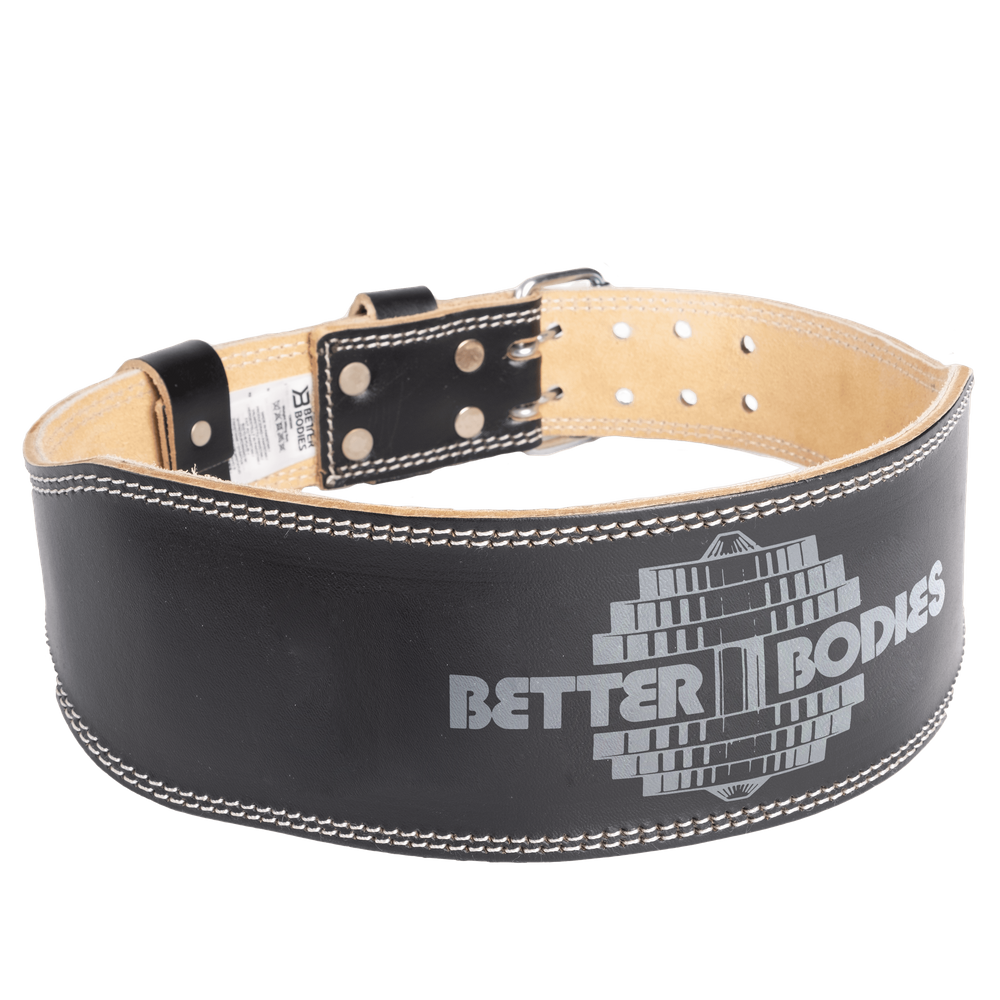
Common Myths Surrounding WeightLifting Belts
Belts Are Only for Serious Athletes
One common myth is that weight lifting belts are only necessary for serious athletes or powerlifters. In reality, many recreational lifters can benefit from incorporating a belt into their routines. There is no need to lift heavy weights to see advantages from a belt; it is about finding the right balance in training.
Recreational lifters who seek to improve their strength and technique can use a belt wisely, especially during demanding lifts. The goal is to foster a culture of safety and efficiency in the gym. Anyone looking to enhance their lifting experience could benefit from the proper use of a lifting belt.
Belts Will Eliminate All Injuries
Another popular misconception is that lifting belts will completely prevent injuries. While belts provide support, they do not substitute for good form, proper warm-up exercises, or progressive overload in training. Injuries can still happen due to poor technique or lifting weights that exceed one’s current capability.
A lifting belt should be seen as a tool that enhances safety. It does not eliminate the necessity for good habits in lifting and conditioning. Lifters must prioritize proper techniques and respect the limitations of their bodies to minimize the risk of injuries effectively.
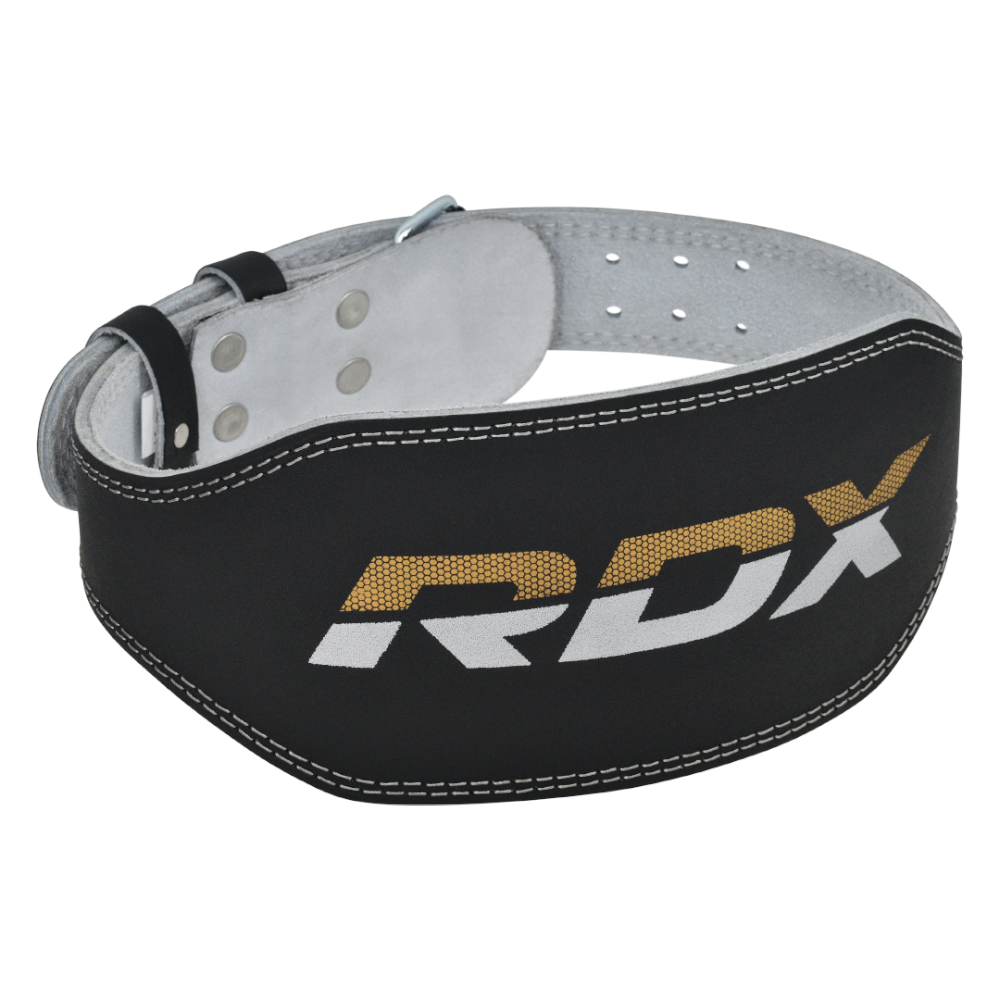
Caring for Your Weight Lifting Belt
Regular Cleaning Practices
Taking care of your weight lifting belt is essential for ensuring its longevity. After each use, it is wise to wipe down the surface with a damp cloth. This practice prevents sweat and grime from accumulating, which can lead to odor and deterioration of the material.
For leather belts, occasional conditioning with a leather conditioner will keep the material supple. For nylon belts, a gentle hand wash with mild soap and warm water will suffice. This cleaning method protects the integrity of the seams and allows the belt to maintain its shape.
Proper Storage Tips
How you store your weight lifting belt can also influence its lifespan. Avoid bending or folding the belt excessively, as this can cause creasing and damage over time. Instead, store the belt flat or hang it on a hook in a cool, dry place.
Preventing extreme temperatures and moisture exposure is vital for maintaining the material. Proper storage ensures that the gear is ready for each workout while prolonging its usability, allowing the lifter to focus on achieving their goals.
Elevating Your Weightlifting Game
In conclusion, a weight lifting belt is an essential tool for enhancing both lifting technique and safety in the gym. The belt offers lumbar support, helping lifters engage their core effectively during heavy lifts. Understanding how to choose, use, and care for a lifting belt maximizes its benefits, supporting athletes from beginner to advanced levels.
By embracing the use of a lifting belt, individuals can increase their confidence to lift heavier weights while focusing on form and technique. A balanced approach to using this tool will lead to better performance and injury prevention.
As you continue your strength training journey, consider incorporating a weight lifting belt into your routine. With the right techniques, you can not only enhance your workouts but also create a safer and more effective lifting experience. Elevating your weightlifting game with a belt ensures you are well on your way to achieving your fitness goals while building a solid foundation for future success.
